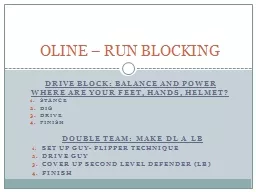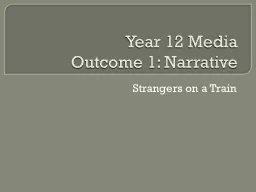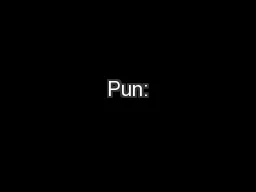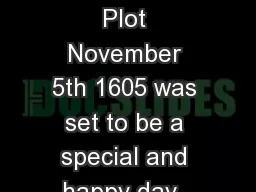PPT-Who is this guy?
Author : mitsue-stanley | Published Date : 2017-08-08
Shawn Patton 2003 CMU ETC Grad 10 years at Schell Games I apologize for my barebones slides but focus on the learning not the flair Show of Hands Comfortable with
Presentation Embed Code
Download Presentation
Download Presentation The PPT/PDF document "Who is this guy?" is the property of its rightful owner. Permission is granted to download and print the materials on this website for personal, non-commercial use only, and to display it on your personal computer provided you do not modify the materials and that you retain all copyright notices contained in the materials. By downloading content from our website, you accept the terms of this agreement.
Who is this guy?: Transcript
Download Rules Of Document
"Who is this guy?"The content belongs to its owner. You may download and print it for personal use, without modification, and keep all copyright notices. By downloading, you agree to these terms.
Related Documents














